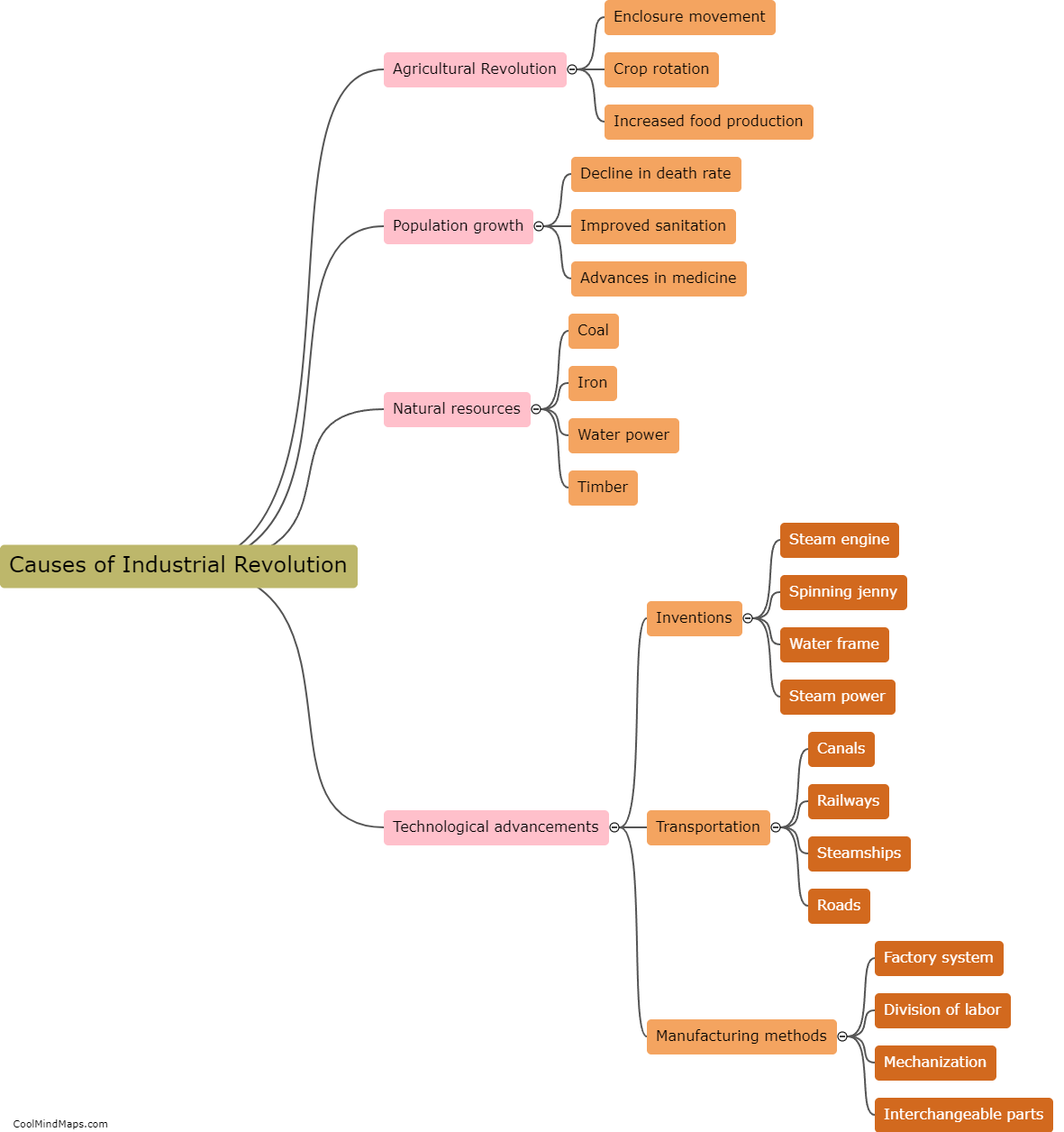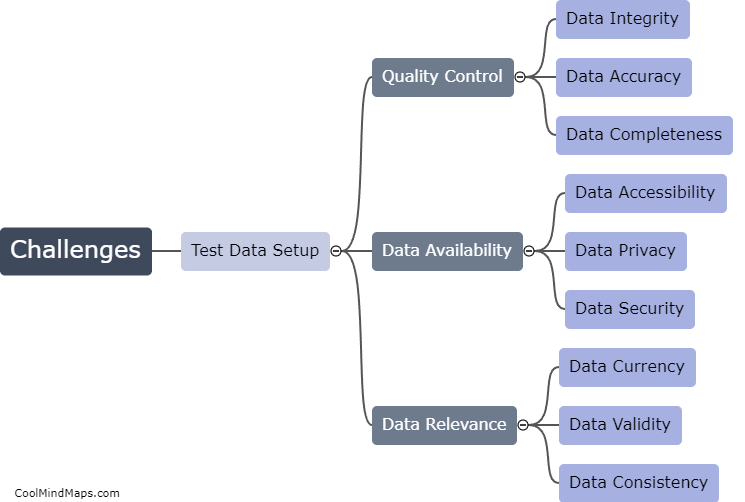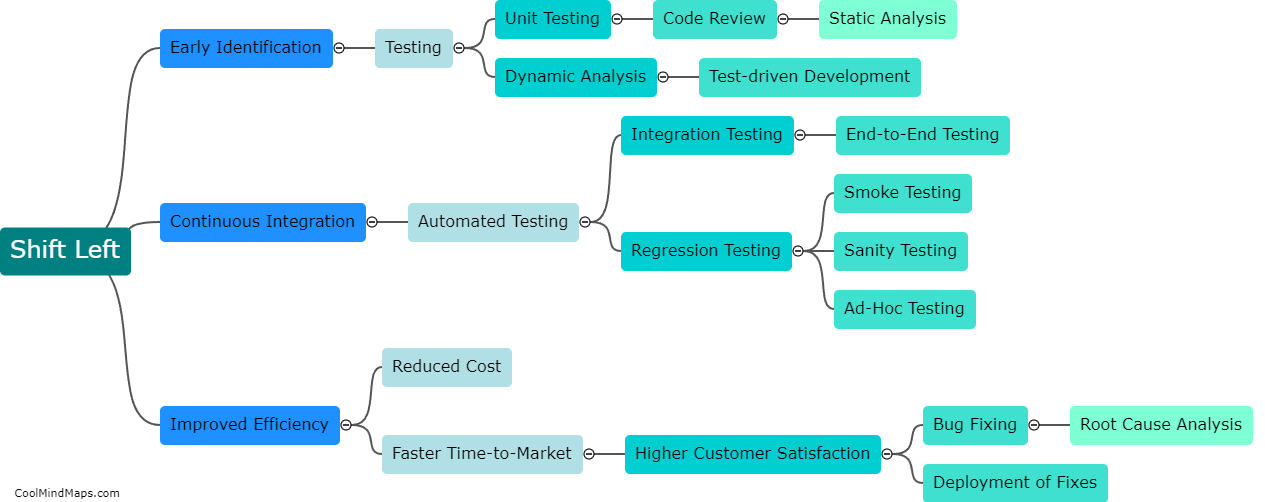What is the concept of shift left in software development?
Shift left in software development refers to the practice of moving tasks, processes, and activities to an earlier phase in the software development lifecycle. Traditionally, testing, debugging, and quality assurance were done towards the end of the development process. However, with the shift left approach, these activities are performed earlier on, typically during the design and development stages. The goal of this concept is to identify and address issues early, allowing for faster feedback, improved collaboration, and ultimately, higher-quality software. By integrating testing and quality control from the beginning, developers can catch and rectify potential problems sooner, leading to reduced costs, improved efficiency, and a smoother development process.

This mind map was published on 30 July 2023 and has been viewed 106 times.











